Revisiting Peer Reviewed Analysis of “Dirty Dozen” List
3/13/2023
While communities, farmers and farm workers are dealing with significant impacts from ongoing heavy rains and flooding in the West, the Environmental Working Group (EWG) insists on moving forward with releasing its “Dirty Dozen” list. Despite our focus centering on the loss of homes and crops in the community where we live and work, the Alliance for Food and Farming understands the importance of reassuring consumers about the safety of all produce and will persistently respond to the inaccurate claims of the EWG. This blog is part of that response.
Since 1995, the Environmental Working Group (EWG) annually releases its “Dirty Dozen” list which inaccurately disparages the safety of popular, more affordable and accessible fruits and vegetables. A peer reviewed study published in the Journal of Toxicology examined EWG’s list and their methodology. The study findings are worth revisiting as EWG prepares to release yet another list.
The key findings of the paper:
- Substitution of organic forms of the twelve commodities for conventional forms does not result in any appreciable reduction of consumer risks.
- The methodology used by EWG to rank commodities with respect to pesticide risks lacks scientific credibility.
The study determined: “In summary, findings conclusively demonstrate that consumer exposures to the ten most frequently detected pesticides on EWG’s “Dirty Dozen” commodity list are at negligible levels and that the EWG methodology is insufficient to allow any meaningful rankings among commodities. Our findings do not indicate that substituting organic forms of the ‘Dirty Dozen’ commodities for conventional forms will lead to any measurable consumer health benefit.”
“To accurately assess consumer risks from pesticides, one needs to consider three major factors 1) the amount of residue on the foods, 2) the amount of food consumed, and 3) the toxicity of the pesticides. The methodology used by EWG ignores all three,” explains the study lead author, Dr. Carl Winter, Extension Toxicologist Emeritus, University of California, Davis.
It is notable that EWG acknowledges these scientific inadequacies and states in their own report that they do not apply basic principles of toxicology nor do they assess risk when developing their list. From EWG: “The Shoppers Guide does not incorporate risk assessment into the calculations. All pesticides are weighted equally, and we do not factor in the levels deemed acceptable by the EPA.” This admission alone should discourage media coverage or attention on this list.
According to the U.S. Department of Agriculture’s (USDA) Pesticide Data Program (PDP), over 99% of residues found on foods were well below Environmental Protection Agency (EPA) safety standards with more than 25% of produce sampled having no detectable residues at all
The Alliance for Food and Farming (AFF) urges consumers and media who reference the “Dirty Dozen” list to review the Journal of Toxicology study, the USDA PDP report, Food and Drug Administration sampling data, the Science section at safefruitsandveggies.com as well as decades of nutrition research which shows the immense health benefits of eating a diet rich in fruits and vegetables.
Or consider just abandoning referencing unscientific lists when shopping for produce. Instead follow this advice from dietitians and nutritionists: Buy what produce you and your family enjoy and is accessible and affordable for you but choose to eat more every day for better health and a longer life.
One final study finding for you: If half of Americans increased their consumption of fruits and vegetables by a single serving each day, 20,000 cancer cases could be prevented annually.
#NoMoreDirtyDozen #EatMoreProduce




